With the concept first introduced in the early 2000s, Cloud Gaming has come a long way as it has been growing slowly yet steadily along the sidelines. It is still not as mainstream as traditional gaming, but it comes with its own sets of advantages and disadvantages. Here we will be covering everything related to Cloud Gaming and all the Cloud Gaming services that formerly existed and the ones that still exist to this day.
Key Highlights
- Cloud Gaming allows players to play AAA games directly from the cloud through the internet without needing to buy expensive hardware. The game is streamed directly from the provider’s dedicated server.
- A few advantages of Cloud Gaming are that it reduces the cost players need to spend to experience the latest games and the security for both the publishers and the end users is improved.
- A few disadvantages of Cloud Gaming are that it requires a fast, secure, and stable internet connection as even a minor case of instability can cause latency issues and can degrade the quality of your experience.
- Numerous streaming services have existed throughout the years, the best streaming services of the current date are GeForce Now, Amazon Luna, Xbox Cloud Service, and PlayStation Plus.
What Is Cloud Gaming?
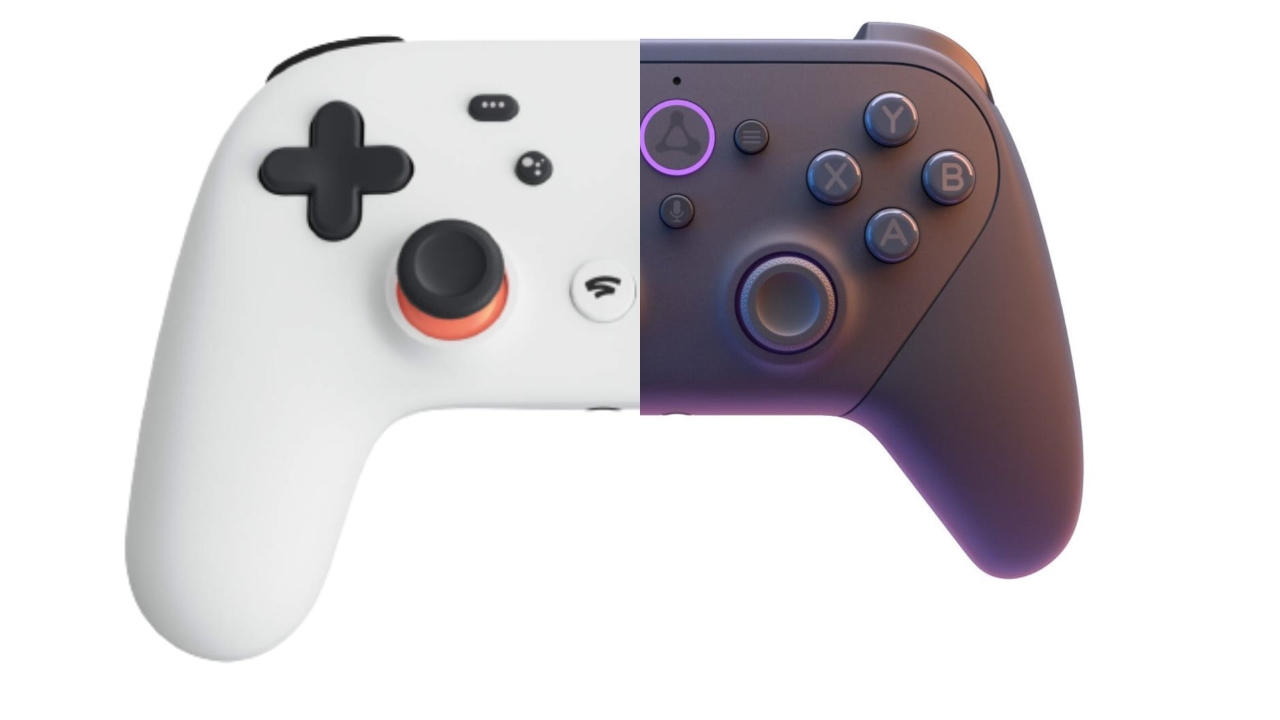
Cloud Gaming, also known as Game Streaming, comes in one of the categories of online gaming as it allows users to play AAA games without needing to purchase expensive hardware. The concept of Cloud Gaming boils down to an independent server running the game and streaming it directly to the player’s device.
Unlike in traditional gaming, where your hardware is rendering all the different textures and assets in real-time and sends the rendered assets to the CPU so it can process them and present them on the screen. Cloud Gaming allows the user to skip all that and play the game remotely from the Cloud.
It works in a similar manner as video-on-demand services. The games are stored in the dedicated hardware/server owned by the provider, and it is streamed onto the user’s device through the provider’s application.
The only thing that sets its apart from video-on-demand services is that the communication is dual-sided. In video streaming, the provider’s server streams the movie to your device only, while in Cloud Gaming, the provider’s software awaits the user’s input, which is then sent to the server, executed in the game, and the response is then streamed back to the user from the server through the application. Thus, communication becomes dual-sided.
It is similar to how you would be playing on a gaming computer, except the real-time rendering done by your computer is replaced by the internet and streaming speed. For a better idea of what cloud gaming is and whether it’s a scam or truly the future, check out our in-depth YouTube video below.

Advantages Of Cloud Gaming
As we stated previously, Cloud Gaming may not be as popular and widely accepted as traditional gaming. It does have a whole new set of advantages for both the consumer and the gaming industry that can not be achieved with traditional gaming. Let us start off with the most obvious one.
Reduced Cost And More Accessibility
Thanks to Cloud Gaming, users are no longer required to equip their personal computers with the latest generation of hardware or get to purchase the latest generation of consoles. High-end AAA games can run efficiently on ancient hardware and even mobile phones, thanks to streaming technology. The proper implementation of Cloud gaming can make issues such as CPU, GPU, or RAM limitations a thing of the past.
Aside from having the ability to play games on the device of their choice, users also have the option to play games wherever they want, as the Cloud technology allows the players to access their games from their devices regardless of their location as long as they have a stable internet connection.
Improved Security
Aside from accessibility, Cloud gaming can also improve security for both the publishers and the end users. In Cloud systems, all critical information is stored inside virtual storage spaces, and cloud companies can prevent illegal access to those files, which generally makes Cloud Gaming safer and more secure.
Another thing to add is that there is no physical software for games in the Cloud. Instead of game files being saved on a pc, those files are saved in the Cloud, and thanks to the improved security system of the Cloud, illegal access to those game files is near impossible, which drastically reduces the chance of piracy.
Less Expenditure
Here is another advantage of Cloud Gaming that benefits both the developers and the consumers. Users are no longer required to buy expensive hardware just to enjoy an upcoming game.
You may have also noticed that whenever a highly anticipated game is released, the store’s server speed slows down due to the high traffic, and the developers have to pay extra for more bandwidth to keep the system running. Thanks to Cloud Gaming servers, the developers only have to pay for the resources they have utilized, which end up being less expensive compared to a traditional game release.
Disadvantages Of Cloud Gaming
After seeing all the different advantages offered by Cloud Gaming, it is no secret that this technology has a lot of potential; however, it is not perfect. Here we will be covering all the disadvantages of Cloud gaming.
Bandwidth And Latency
Bring able to play AAA games on the phone sounds great and all but the good hardware requirements for games are replaced with the requirement of a good and stable internet connection. Cloud gaming requires a great amount of bandwidth to work smoothly as it is constantly sending the users inputs and showing the output at a moment’s notice.
If more people were using Cloud services at the same time, then the bandwidth would drastically increase, and the end user will be left with an unsavory gaming experience. Aside from bandwidth, latency can also be a huge issue in Cloud Gaming.
Latency is the reason why a lot of people do not prefer playing competitive games on Cloud Services. Latency is basically non-existent when you are playing a single-player game on your local PC or when you are playing an online game with stable internet. The situation is entirely different in Cloud gaming because it is a lot easier for the user’s input to reach the computer instead of traveling all over to the provider’s server with the help of the internet and bringing the output back to you.
Latency still remains one of the core downsides of Cloud Gaming, and instability of the internet can naturally make latency worse; thus, games that require quick reaction time, such as From Software titles, are not preferred to be played through the Cloud.
Cloud Gaming is still considered impossible in some parts of the world due to unstable internet or their internet speed not meeting the requirements for most cloud services.
Degradation Of Quality
As we stated previously that bandwidth could be a huge issue in gaming through the Cloud. This has been tried to be countered with the help of compression, and while it does do the job fine on most occasions. The compression of gameplay also decreases the quality, and it doesn’t look as detailed as it may look on a high-end PC.
Every Cloud Gaming Service
Now that you know what exactly Cloud Gaming is and what are its advantages and disadvantages. If you are still interested in the technology, then here we will be listing all the Cloud services that are available for purchase right now and the services that formerly existed but have stopped offering their services.
GeForce Now
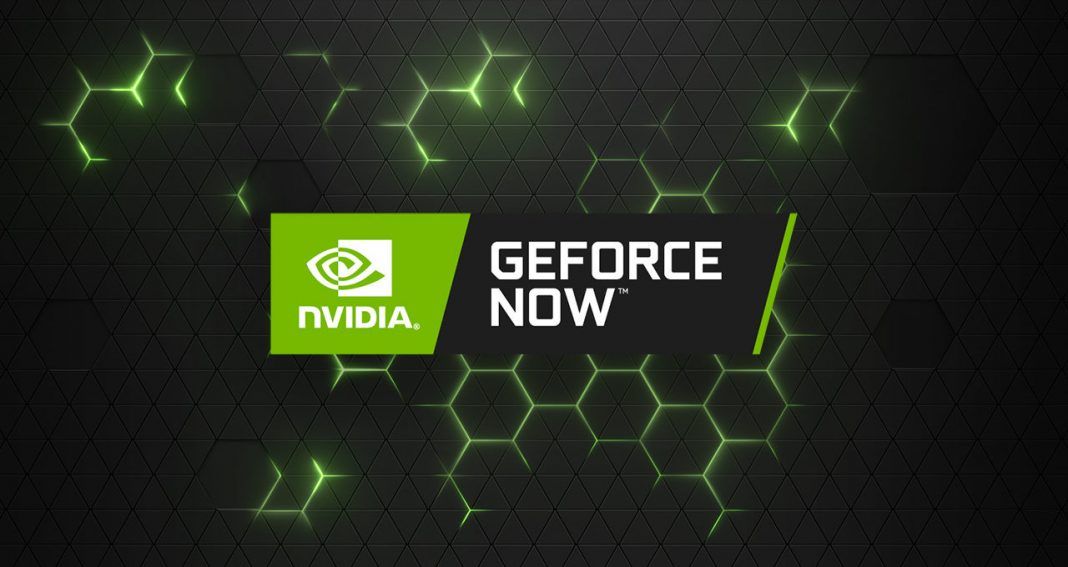
It is a Cloud Gaming service offered by Nvidia. Nvidia is also the most well-known as well as the biggest graphics card manufacturer, so it can be assumed that GeForce Now was Nvidia’s way of tapping into the Cloud gaming market where users are not interested in graphic cards and would rather play their games through streaming services.
Formerly known as Nvidia Grid, its beta was launched in 2013. It is a subscription service that grants its users access to a library of different games hosted on Nvidia’s server. In 2017, the GeForce Now client was made available for Windows and Macintosh as a free beta for users in the United States and Europe.
GeForce Now has come a long way as it now allows users to stream their games at up to 4K resolution and at 60 frames per second thanks to the Nvidia Tesla Graphic Cards used in the official server. Nvidia recommends at least a 50 Mbit/s connection for 1080p60fps streaming and a 25 Mbit/s connection for 720p60fps streaming. If users are interested in GeForce Now, then here is the link to their official website.
The streaming service is available on Windows, macOS, Android, IoS, Chromebook devices, and Shield TV.
Playstation Plus
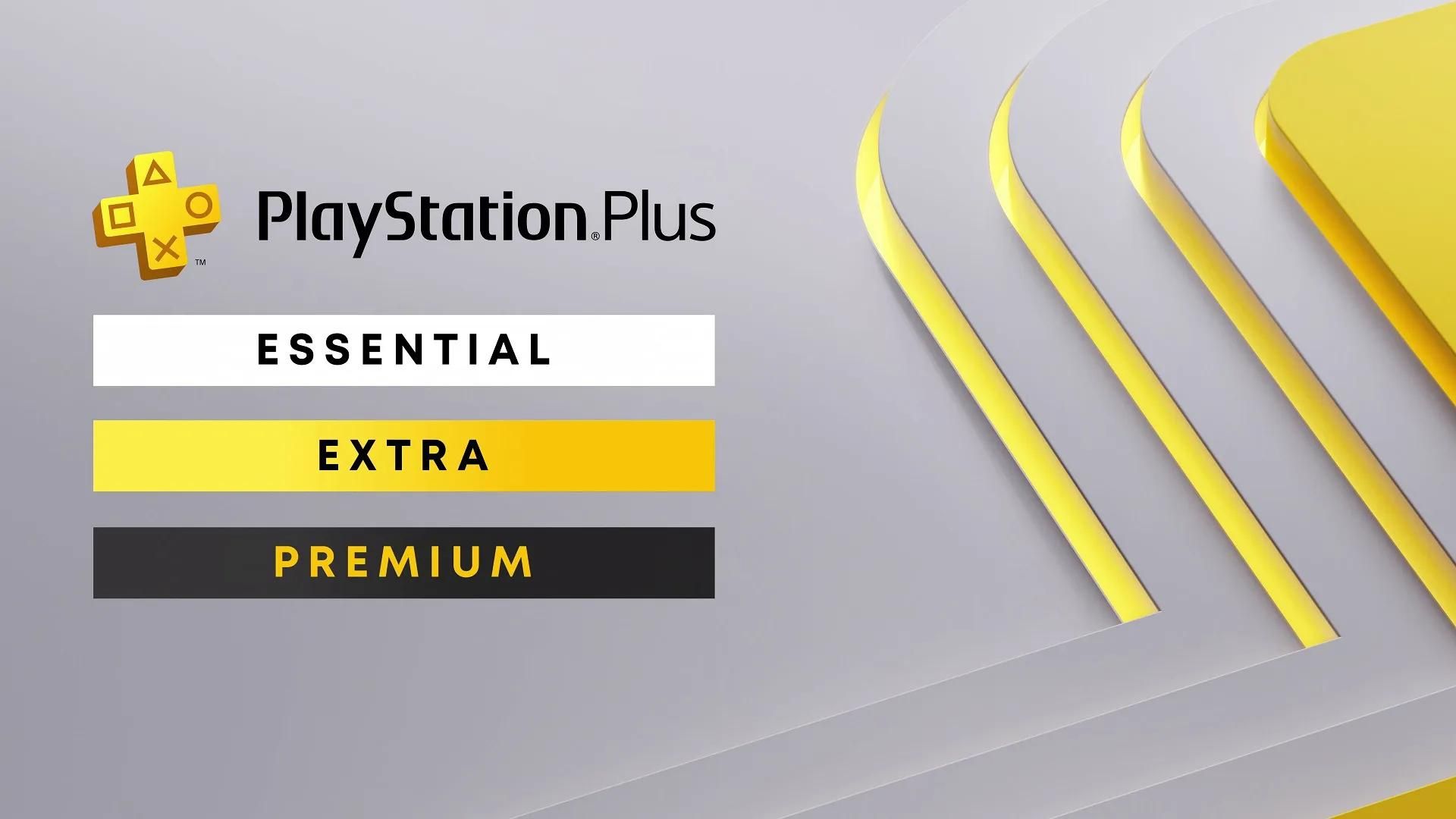
It is a tiered subscription service offered by Sony Interactive Intertainment that offers its users different features based on the tier of the subscription they have selected. These features include exclusive discounts on the PlayStation store, the ability to play online, and three free games available to PlayStation Plus users every month.
The features listed above are in the “essential” tier of the subscription service. Originally, the PlayStation Now service was offered by PlayStation that allowed users to stream games, but recently it was merged with PlayStation Plus, and now the streaming service is only available on the PlayStation Plus Premium tier.
Users can choose between monthly, quarterly, or yearly payment plans for the PlayStation Plus subscription service. The service contains multiple critically acclaimed titles such as Bloodborne, God Of War, Batman Arkham Knight, and more. The PlayStation Plus streaming service is available on PC, and here is the link to its official website.
Xbox Cloud Gaming
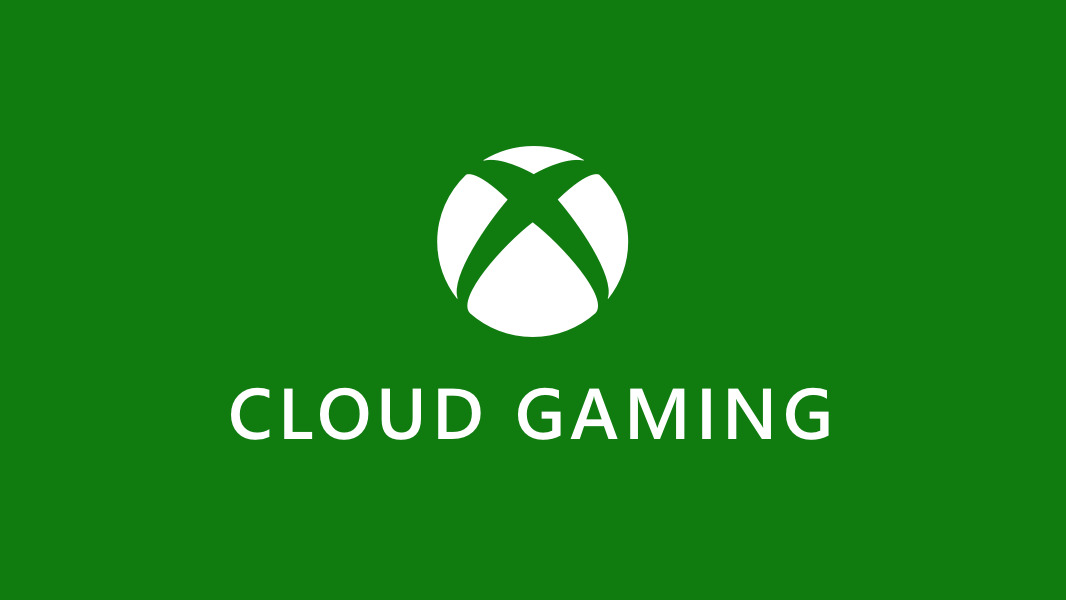
This streaming service was formerly known as xCloud, the service was released as a beta in 2019, and it was integrated into the Xbox Game Pass Ultimate for no additional cost in 2020. It allows the users to play all the streaming-compatible games available in Xbox Gamepass Ultimate.
This cloud service is like any other; it allows the users to stream their games on different devices, where running the game traditionally wouldn’t be possible. There are also rumors of a Cloud Gaming console being developed by Xbox, which also mysteriously found its way to Phil Spencer’s shelf.
The Xbox Cloud Gaming service is currently available on Android, IoS, Windows, Xbox One, and Xbox Series S/X. Here is the link to the official website.
Amazon Luna

Amazon Luna is a Cloud Gaming service offered by Amazon. It was first released as early access in 2020 with an introductory price of 5.99$. Luna is now competing with well know services such as GeForce Now, PlayStation Plus, and Xbox Cloud Gaming.
Amazon has also made a partnership with Ubisoft to have their games released on day one on the Amazon Luna service alongside the official Ubisoft store. The service is currently only available in the United States and is available on Windows, Mac, Chromebook, Fire TV, IoS, Android, and Samsung TV. Here is the link to their official website.
Google Stadia
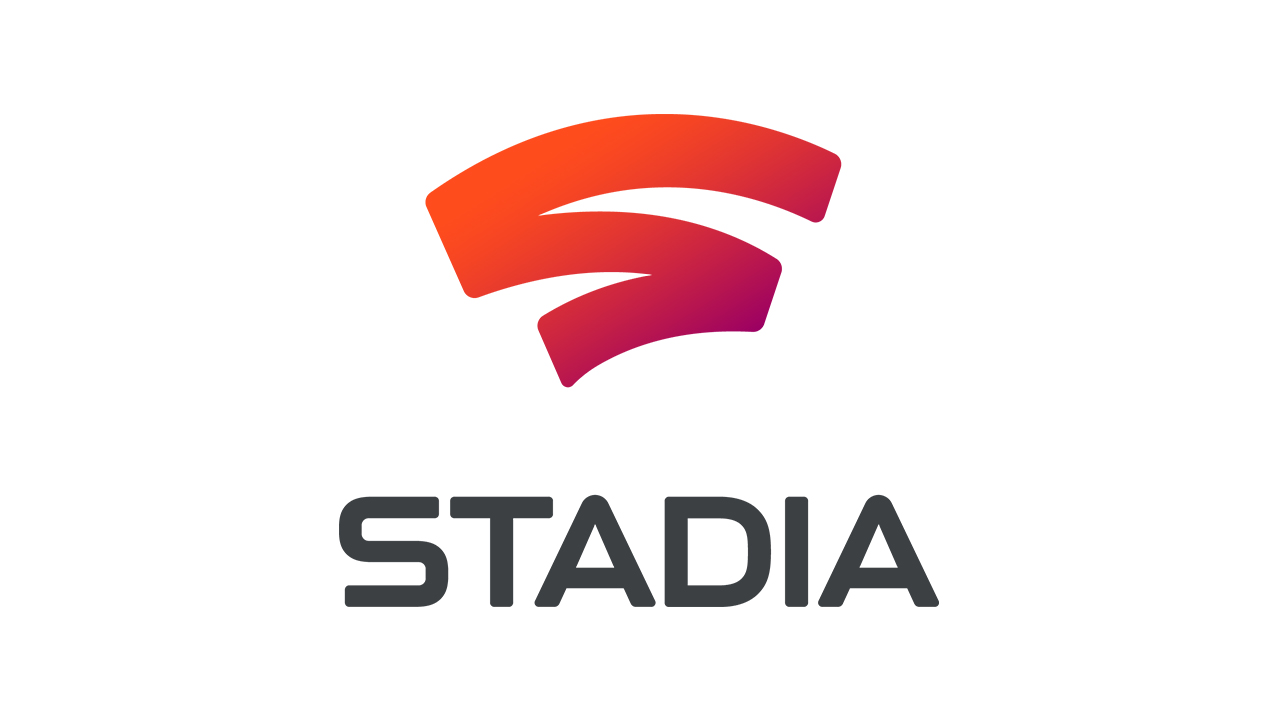
Stadia is another Cloud Gaming service that was competing with the services listed above until it announced that it was discontinuing its services on January 18, 2023. This service was launched by Google on November 19, 2019. Stadia work on most Chromium-based browsers, such as Google Chrome. The Stadia application is supported by Android.
The Google Stadia only requires the users to have stable internet service; it recommends at least 10 Mbit/s of bandwidth for 720p 60 fps streaming and 20 Mbit/s bandwidth for 1080p HDR video 60fps.
Unlike most Cloud services, Stadia requires its user to purchase games in the service instead of getting a monthly subscription. However, there was a separate Stada Pro subscription that gave the users exclusive discounts, free games to claim every month, and other perks. Here is the link to the Google Stadia official website, but keep in mind the service will be discontinued in 2023.
Every other Cloud service listed below has been discontinued.
InstantAction
The service was founded in 2007 and later discontinued in 2010. Of course, the internet speed back in 2007 was not nearly as fast as the internet speeds today; thus, the InternetAction service was quite different compared to the streaming services today.
Users were required to download a software component that was used across every game available in the service. Game downloads were broken into chunks which were streamed onto the disks. Compared to traditional downloads, it allowed the users to play the game instantly.
The website was originally made by GarageGames and was later acquired by the IAC. The website of InstantAction was shut down on November 11, 2010.
Gaikai
The streaming service was founded in 2008, and just like any other service, it allowed users to stream high-end games through a wired or wireless connection. The service was later acquired by Sony Interactive Entertainment in 2012.
After the acquisition, the streaming service was discontinued, but its technology was integrated into PlayStation products, and now Gaikai streaming technology exists in PlayStation Plus.
Playcast Media System
The Playcast Media System was founded in 2007, and its beta went live in 2008. It was one of the first Cloud Gaming services that had partnerships with well-known publishers such as Activision, Capcom, Disney, Atari, and more.
It was based in Caesarea, Israel, and in 2015, the company was merged with GameFly. EA later acquired the company in 2018.
OnLive
OnLive was a provider of Cloud Virtualization technologies, and one of their products was Cloud Gaming services. This service was like any other; it allowed the users to play games that would otherwise be impossible to run due to hardware restraints.
This service was available on PC and Mobile Phones. It was founded in 2009, but OnLive was forced to shut down all of its services in 2015 when it was announced that Sony Interactive Entertainment had acquired its patents. Gaikai was one of OnLive’s competitors in the streaming industry.
G-cluster
G-cluster was the one who originally introduced the concept of Cloud gaming as game-on-demand technology. Their first commercial for the service was aired in 2005. G-cluster later announced HD support in 2008.
A commercial service based on G-cluster technology was launched by SFR. This made G-cluster one of the largest cloud gaming services at the time. In 2016, G-cluster was acquired by Broadmedia Cooperation.
GameFly Streaming
GameFly was a video game rental subscription service that specialized in providing games to Sony, Microsoft, and Nintendo systems. The service was founded in 2002, and its business model was similar to Netflix online initially as it was similar to the DVD-by-mail subscription service.
It was quite different compared to the strategy adopted by most Cloud Gaming services, as GameFly sent games to their subscribers on a monthly basis. In 2009, GameFly acquired Shacknews, along with its downloads and streaming video sites. The company shut down its streaming services in 2018. In the same year, EA announced that they had acquired the cloud technology assets and personnel from GameFly.
Kalydo
Kalydo is a Cloud Gaming service that is based on file streaming rather than video streaming. It is quite similar to the former InstantAction server as it requires a plug-in and allows gamers to play their games instantly without any download and installation, as it is one of many advantages of Cloud Gaming.
This service was launched in 2008, and while the service is still live to this day, most of the games in the service have been discontinued.
Jump
The Jump was striving to be the “Netflix of indie games” as this streaming service was made exclusively for indie titles as they are easier to stream. This streaming service was launched in 2017, and it was subscription based.
It was launched with 63 games. In 2019, the number jumped to 120 games. In February 2020, CEO Anthony Palma announced that the service was shutting down.
Liquid Sky
Similar to OnLive, Liquid Sky was a provider of Cloud Visualization. Their flagship product was Cloud Gaming services. The company was founded in 2014, but its cloud service was started in 2017, and they had to shut it down in 2018 because the service was facing issues that the providers were struggling to fix, such as latency and other common issues in streaming. Their main competitors were PlayStation Now (now part of PlayStation Plus) and GeForce Now.
Thanks! Do share your feedback with us. ⚡
How can we make this post better? Your help would be appreciated. ✍



